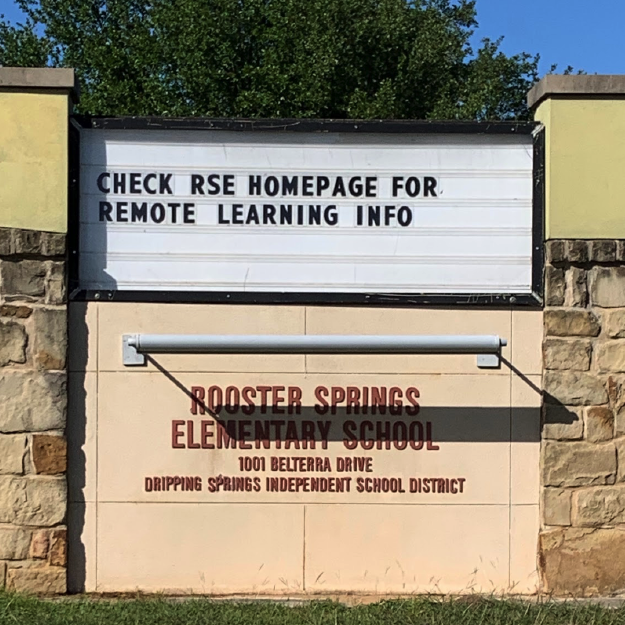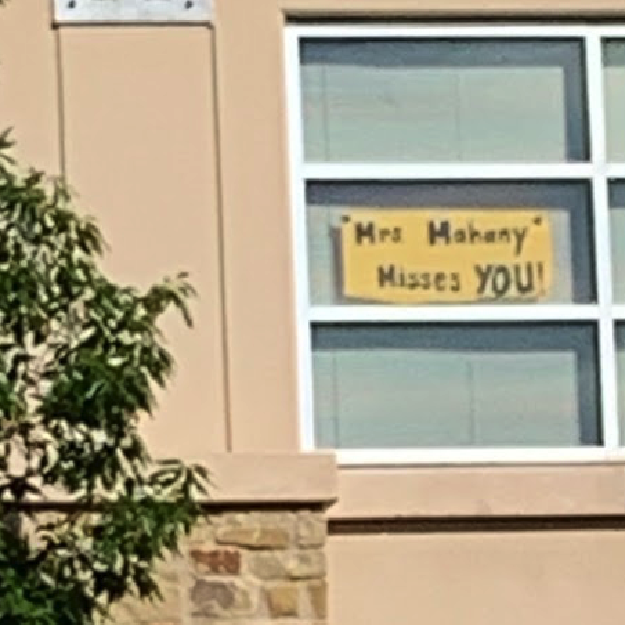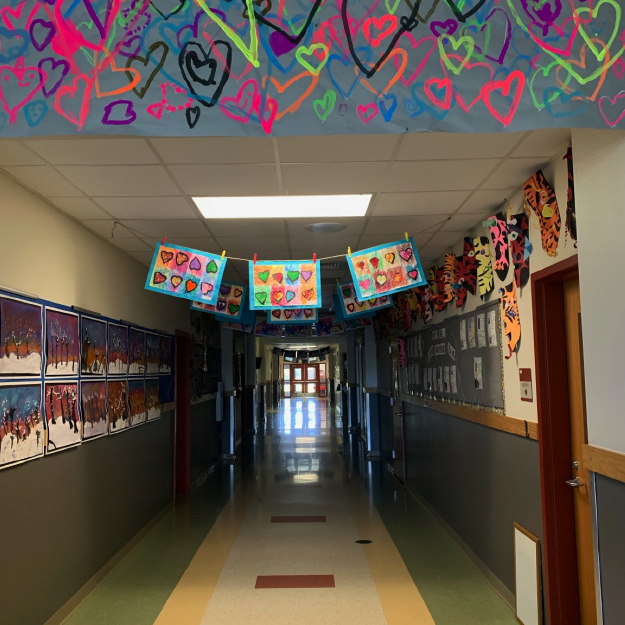Spring break is typically the week dedicated to relaxation, travel, and maybe a little catch up around the house. School families, teachers, and staff also use the time to reenergize before the last quarter of the school year wraps up for summer. Spring Break 2020, however, was anything but typical. And it turned out to be a turning point.
I had plans to travel to New England to attend my daughter’s bridal shower and then return home to finalize plans before her wedding, only three weeks away. The beginning of the week started with the first of many sad events.
I canceled my flight and missed the bridal shower. By mid-week, COVID-19 was declared a pandemic with unknown implications. Social distancing protocols were announced and we had to make sense of all the new restrictions. As a result, my daughter was forced to cancel her dream wedding, a heartbreaking decision for the now devastated couple. By the end of the week, Dripping Springs ISD Superintendent Todd Washburn announced that we would not be returning to school until at least late March. Alternative models of education were being evaluated.
I quickly shifted my focus from canceled wedding plans to figuring out what school was going to look like. The challenges began almost immediately. My teammates and I had many questions but few answers, and we were hearing many different terms: digital learning, online classes, distance education, remote learning, schooling at home, e-learning, and even extended spring break. Whatever the name, I suddenly felt unprepared, overwhelmed, and anxious. How was I going to teach and deliver lessons to my students now?
Teachers had two days to prepare before beginning the new form of instruction. As I walked into our empty school building to gather books, resources, and materials, I was overcome with sadness. The halls were still covered with student artwork and motivational messages, and there were traces of a once vibrant and busy school everywhere. It was almost as if time had frozen. I had a classroom filled with books, charts, student projects, computers, and school supplies, but the most important piece of the classroom was missing, my students.
We were told to treat the first week of distance learning like the first week of school. The focus was on building relationships and establishing a sense of community. We had to find a way to interact, collaborate, and learn. I became very much aware of the challenges suddenly faced by school families. They had to provide an environment for learning while also working from home. They were asked to teach and help their children learn with limited internet access, a lack of devices, bandwidth issues, and for some, little experience handling technology. In addition, many of my colleagues now had to teach while caring for their own young children. I felt an overwhelming need to do more, but I didn’t know what more looked like.
“Navigating uncharted waters” was an appropriate way to describe what we were dealing with. Leading up to our first day of remote instruction, I tried to stay positive and confident although the uncertainty of the unknown made me anxious. I spent a significant amount of time online trying to find the best resources. First, I had to quickly learn how to use Zoom video conferencing to hold a class. My students and I had limited experience using Skype to virtually connect with authors, experts, and classes across the country, but that was the extent of my video conferencing proficiency.
The first class meeting two weeks after we first left for spring break turned out to be the highlight of my week. When we connected on Zoom, I was thrilled to see “my kids” and interact with them! I think I needed to see them more than they needed to see me. The kids were so excited to see their classmates and reestablish our classroom community. They also wanted to show off their pets, and so we shared our time with dogs, cats, hamsters, bunnies, guinea pigs, and a leopard gecko.
With each new Zoom meeting, I was learning how to better lead a virtual class while also dealing with siblings vying for attention or crying in the background, dogs barking (often my own), and kids wanting to talk over one another. I learned how to navigate the mute and chat options so we could hear each other and stay focused. I also learned that the kids wanted to feel connected and reclaim some sense of normalcy.
The lesson plans educators were now creating looked very different than the ones we made before the world fell apart. We now created lesson boards with videos, links, choices, and options that could fit a flexible schedule. We had a lot of information, websites, and assignments to share, but we didn’t want to overwhelm parents or students. We worked to differentiate the instruction to meet the needs of all learners. We tried to connect new content to what the kids already knew – not too much, not too little; not too difficult, not too easy. We worked to find a balance between screen time and options for paper and printing. We worked to make our lessons engaging and instructional but relatively easy to navigate.
I soon realized how challenging it was for my colleagues to teach and parent from home. I felt guilty for not having the same distractions and tried to lighten their loads. But honestly, I was also somewhat envious of all the time they were able to spend with their kids. My adult children live in their own homes, and I wasn’t able to see them. On Easter Sunday, there was no family gathering and no excited children who had just seen the Easter Bunny.
On the day Governor Abbott announced that schools would remain closed for the rest of the school year, I cried. It was expected, but hearing it as a certainty made me very sad. I thought about all that my students and I would not experience together. The last part of a school year is when we celebrate everything we worked hard to accomplish. I learned that several students were overcome with emotion, anxiety, and grief at hearing this announcement too. We wouldn’t be able to hug one another goodbye before summer.
I continue to lead several class conference calls a week thanks to Zoom. I worry about and miss the students who can’t or don’t join us on a regular basis. I try to provide support to parents who have questions while working with their children at home. I give options to those who want more material as well as those who want less. I provide virtual office hours, have phone conferences, and exchange many, many emails. I give feedback and make comments on student work to validate all the efforts families are making at home. I continue to try to keep the kids engaged and interested in our lessons by balancing fun with learning. I plan scavenger hunts along with mini-lessons. I make time for show-and-tell as well as instruction. I teach fun facts on Hat Day along with new material. I try to stay positive when the kids realize they have missed out on a field trip, P.E. Fun Day, or an end-of-school celebration.
Recently, I drove to our school building to collect some materials. I pulled into the parking lot, which was empty except for a few staff cars. It was a school day, but children were not in school, at least not in our school building. I watched a family with young children riding their bicycles down the sidewalk in front of the school. I got teary-eyed seeing the kids. My heart grew heavy as I realized how much I missed my own students and their presence in my life. I hadn’t seen kids that close since before spring break. That time seemed eons ago, yet it had only been weeks.
Today, we don’t know how school supplies will be returned, how yearbooks will be distributed, or what school will look like when we start a new year in August. There is so much uncertainty, so much unknown, but there is one thing I am very certain about: I love being a teacher. And the best part of teaching is my students. I love them and they are a part of my heart, whether we are in the same room or several gigabytes apart.






